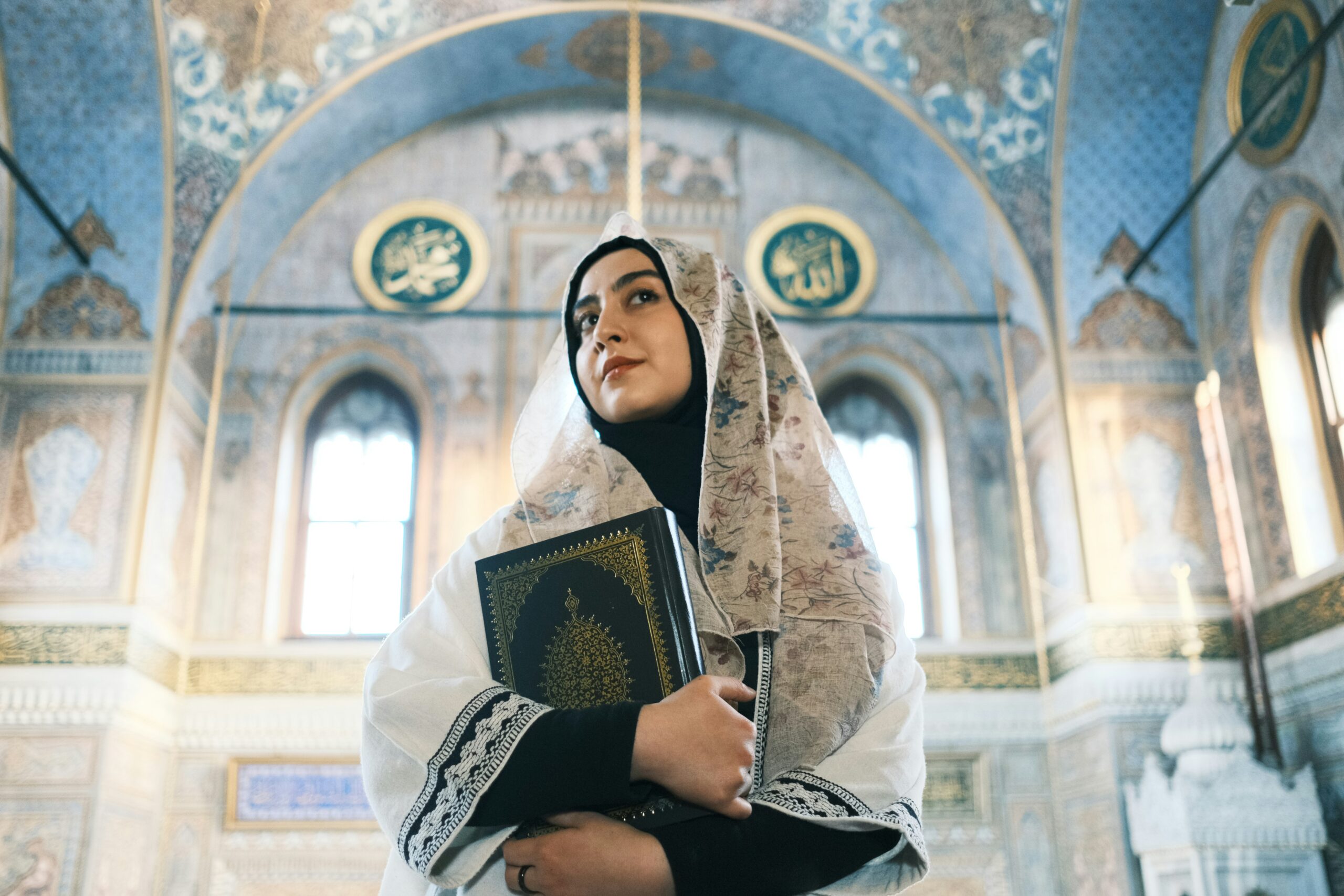Arabian Handmade Jewelry Tradition Woven in Gold
Arabian handmade jewelry is more than just a fashion statement—it is a symbol of cultural identity, heritage, and exceptional craftsmanship. Known for its intricate designs, high-quality materials, and symbolic motifs, this form of adornment has captivated the world for centuries. Rooted in the traditions of Bedouin tribes, royal dynasties, and master artisans, Arabian jewelry represents a fascinating blend of history and luxury.
In this article, we’ll explore the origins, styles, and cultural relevance of Arabian handmade jewelry while also sharing travel-related insights for those inspired to explore such craftsmanship across the globe.
A Legacy Forged in Gold: History of Arabian Handmade Jewelry
The tradition of crafting handmade jewelry in the Arab world dates back thousands of years, with archaeological discoveries showcasing the use of gold, silver, and semi-precious stones in ancient civilizations such as the Nabateans and Mesopotamians. Over time, Arabian jewelry evolved with Islamic artistic influences, incorporating intricate calligraphy, geometric patterns, and floral motifs.
Jewelry played a central role in Arabian society—not only as a personal adornment but also as a marker of social status, marital status, and tribal affiliation. Bedouin women, for instance, wore elaborate silver pieces passed down through generations, often used as portable wealth and dowry.
Distinct Styles and Symbolism in Arabian Jewelry
Arabian handmade jewelry varies significantly across regions but shares common elements rooted in symbolism and tradition. Key types include:
1. Khamsa (Hand of Fatima)
This symbol of protection is often crafted into pendants and bracelets. It’s believed to ward off evil and bring good fortune.
2. Coin Jewelry
Vintage silver coins are frequently incorporated into necklaces and earrings, symbolizing wealth, history, and heritage.
3. Filigree Work
An ancient technique involving delicate wire patterns, filigree is widely used in Yemeni and Omani jewelry to create intricate, lace-like designs.
4. Gemstone Embellishments
Arabian artisans use natural gemstones like turquoise, agate, amber, and coral not only for their beauty but also for their spiritual significance.
5. Statement Pieces
Oversized necklaces, headpieces (maang tikka), and ankle bracelets are designed to make bold statements and are often worn during weddings and celebrations.
Materials and Crafting Techniques
What sets Arabian handmade jewelry apart is the artisanal touch and quality of materials. These pieces are typically made using:
- Gold and Silver: Preferred metals for their value and cultural significance.
- Hand-Hammering and Carving: Techniques used to create texture and add detail.
- Enameling: Adding color to designs with glassy, fired enamel paints.
- Stone Setting: Embedding semi-precious and precious stones using traditional methods, often without machines.
Many artisans learn these skills through family-run workshops, keeping ancestral techniques alive in a rapidly modernizing world.
Modern Influence and Global Appeal
Today, Arabian handmade jewelry has found a global market. High-end fashion designers and collectors admire these pieces for their authenticity, craftsmanship, and storytelling power. Many fashionistas incorporate Arabian jewelry into their wardrobes for cultural fusion and elegant contrast.
Luxury boutiques in Dubai, Muscat, and Riyadh offer bespoke handmade pieces, while online platforms now make it easier than ever to access traditional Arabian designs from anywhere in the world.
Travel and Cultural Exploration
For those inspired to experience this rich tradition firsthand, visiting Middle Eastern countries provides an incredible opportunity to connect with the artisans and understand the cultural significance behind each piece.
If your journey leads you toward India—a country that also boasts an extraordinary tradition of handmade jewelry—be sure to review visa requirements. Citizens of Malta can find full information on the INDIAN VISA FOR MALTESE CITIZENS, while those from the Marshall Islands can refer to the INDIAN VISA FOR MARSHALLESE CITIZENS to plan their travel accordingly.
India’s vibrant jewelry markets in Jaipur, Delhi, and Mumbai offer not only amazing shopping but also a chance to compare and appreciate the craftsmanship across cultures.
Conclusion: A Living Legacy in Every Piece
Arabian handmade jewelry continues to enchant the world with its timeless appeal, meticulous craftsmanship, and deep cultural roots. Each necklace, ring, or bracelet tells a story—of a people, of a place, and of a history worth preserving.
Whether you’re a collector, traveler, or simply someone who appreciates the beauty of traditional artistry, investing in Arabian handmade jewelry is more than a fashion choice—it’s an embrace of culture, creativity, and craftsmanship that transcends borders and generations.














Post Comment